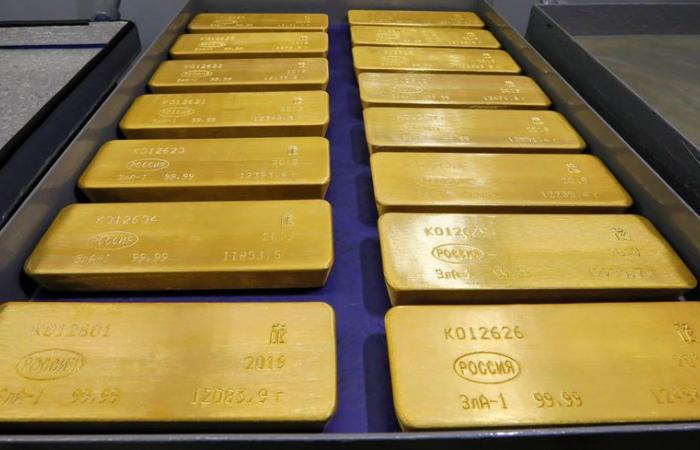Investing.com – After being one of the big losers in the election of Donald Trump, the price has been gaining ground since yesterday, with the yellow metal having so far risen to a peak at $2,627. or 3.36% more than last Thursday's low at $2541.5.
Recall that Gold initially suffered from the sharp rise in the dollar and bond yields following Trump's victory, and is recovering as the movements fade.
Gold is also benefiting from renewed geopolitical tensions, as media reported this weekend that the United States had authorized Ukraine to use long-range missiles to attack targets deeper in the territory Russian.
Russia has warned of dire consequences of such an attack by Ukraine, as Moscow continues to launch missile strikes on several Ukrainian territories.
Any potential action by Ukraine to attack Russia with long-range missiles could mark a severe escalation in this long-running conflict, and gold is seeing some safe-haven demand on this notion.
Thus, the current rebound in the yellow metal could continue.
Moreover, many people think that the recent weakness of Gold was just a blip, and that the precious metal will quickly set new historical records.
In a note published last weekend, the bank Goldman Sachs (NYSE:) announced, for example, that it expects gold to rise to $3,000 per ounce by the end of 2025. This represents an upward potential of more than 14% compared to the current price.
The investment bank cited gold's critical role as a hedge against potential economic risks, particularly those surrounding U.S. political uncertainties following President-elect Donald Trump's election victory.
“The exceptionally broad range of potential U.S. policy changes in 2025 reinforces the role of commodity diversification in portfolios,” the Goldman team said.
They highlighted gold's potential to protect investors against scenarios such as Trump's proposed escalation of trade tariffs and suggested a basket of investment ideas, including buying gold and selling uncovered by .
“Higher tariffs would reduce global growth (negative for copper prices) and increase uncertainty (positive for gold prices),” the bank said, citing price action in 2019 when the United States increased tariffs as an example.






